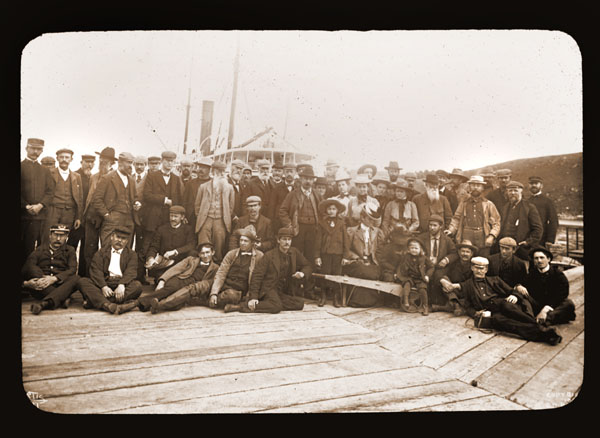Current Exhibit (Coming Soon)
Exploring the Unkown–Dr. Trelease on the Harriman Expedition, 1899

The changing exhibit, featured on the second floor on the east side of the home, shares the story of the first director of the Garden after Shaw’s passing, Dr. William Trelease, his wife Julia and their 5 children and their tenure at Tower Grove House (1889-1912). The Trelease family bore witness to a revolutionary time in American history; navigating the changing family roles, achievements in technological advances and exploration in scientific discoveries that dominated the 1900s. A balance of scientific achievements and personal loss would befall William and Julia, as they both worked to establish their life within Tower Grove House.
This narrative is also deeply impacted by the physical change to the structure of Tower Grove House underwent during the 1st Director’s tenure. Dr. William Trelease, his wife Julia, and children, would move in to Henry’s country estate late in 1889, finding an unrestored bachelor pad. With the entire east wing being dormitory style servant’s quarters and lacking an indoor kitchen and bathroom, Tower Grove House was behind the times. The physical footprint of Tower Grove House transitioned with the world the Trelease family lived in while within the home’s walls (1889-1912). This exhibit also explores how the home was remodeled to suit a 20th century family.
The 2020 exhibit focuses specifically on Dr. Trelease would work to explore different continents, playing a major role in the Harriman Expedition in Kodiak Alaska, documenting unique flora in diverse ecosystems. The Harriman Expeditoin was the foundational inventory of untouched Alaska, beginning in 1899. Scientists from around the world journeyed on the S. S. George W. Elder, surveying never before seen areas of the Alaskan Coast. This is where Dr. Trelease would begin a lifelong friendship with John Muir, the naturalist who would establish the National Park Service.
Learn more